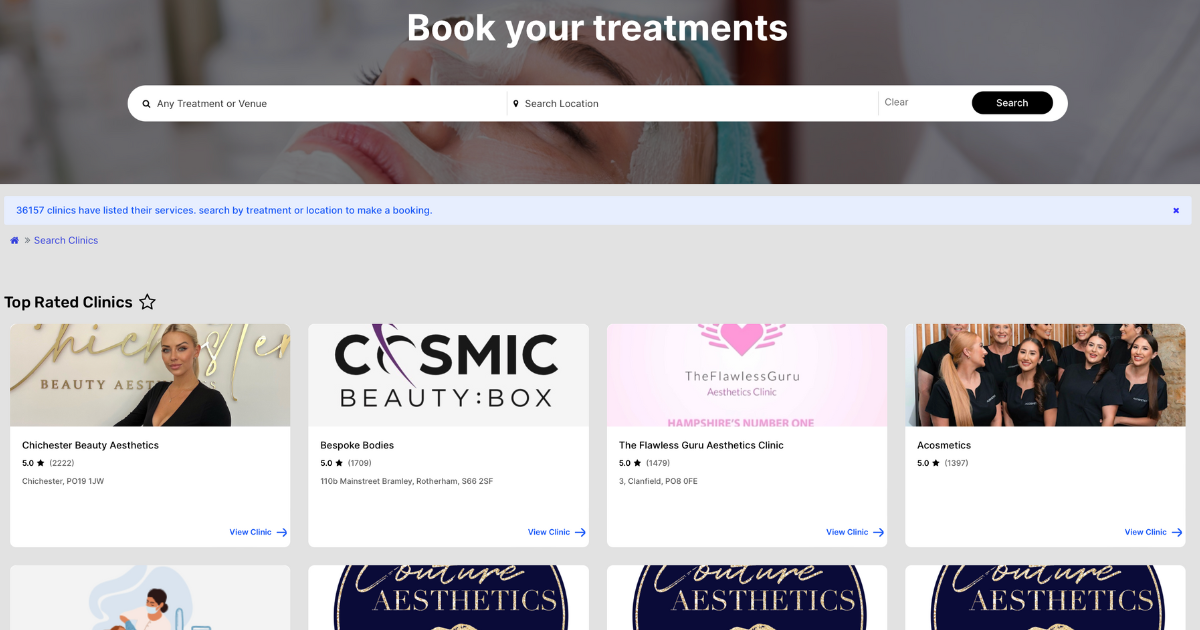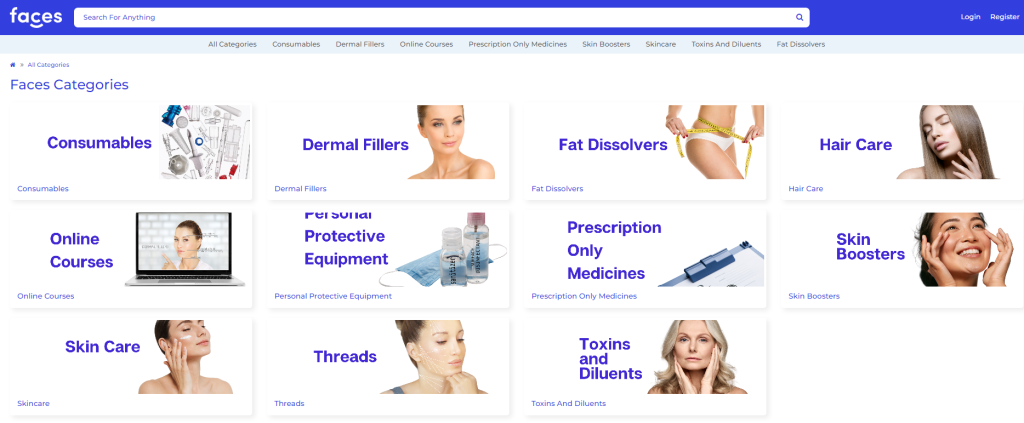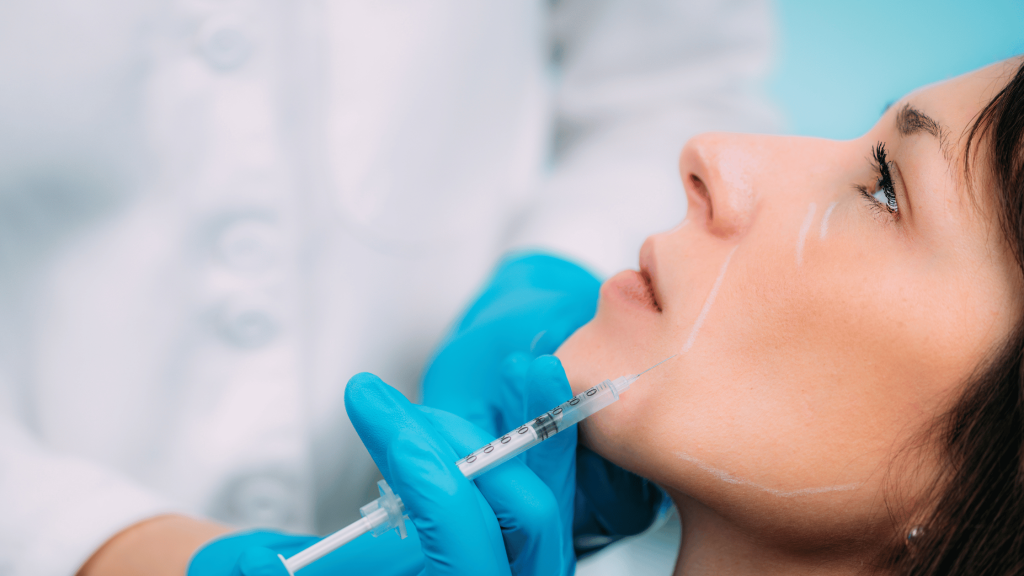
With the ever-changing nature of the aesthetic industry, different aesthetic treatments have emerged. Over the years, the most popular aesthetic treatments have always included injectables, facials, and variations on skin treatments!
In 2024, several treatments that we may have heard or not heard of will be hogging the spotlight. This would provide critical insights on what clients want in 2024 and pave the way for better and more innovative aesthetic treatments in the years to come.
Let’s briefly discuss these aesthetic treatments in this blog. Starting off with the first popular aesthetic treatment,
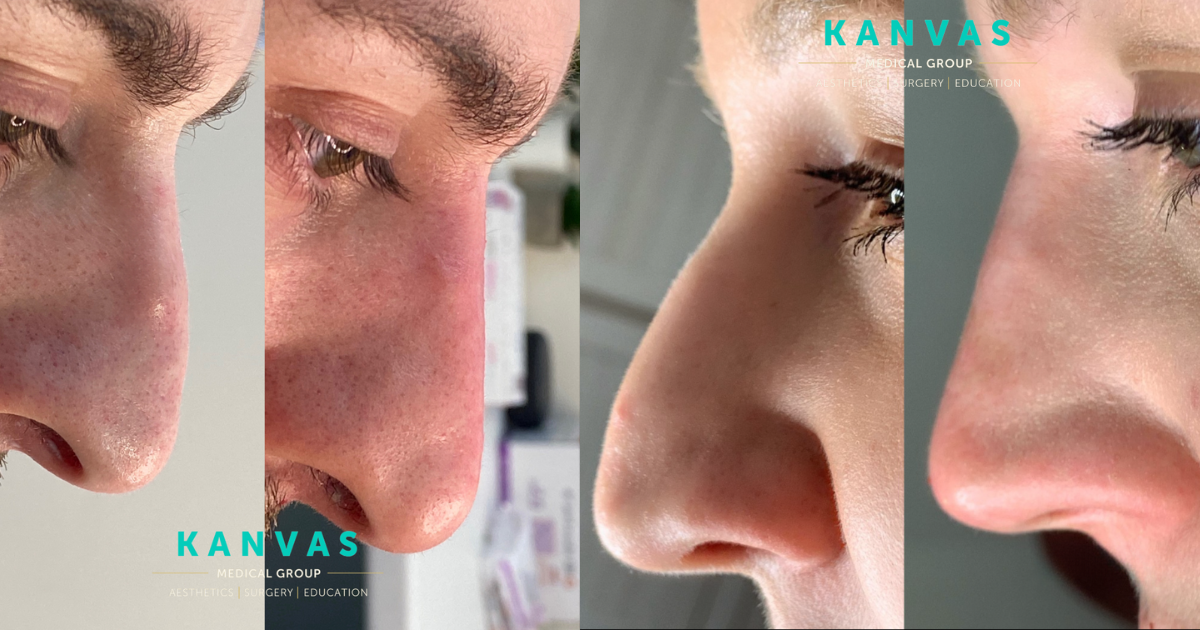
Non-surgical Rhinoplasty
Commonly referred to as liquid rhinoplasty or a non-surgical nose job, this is a method of enhancing the client’s nose through a minimally invasive procedure. This method requires the insertion of dermal fillers composed of hyaluronic acid through different regions of the nose, but typically in the nasal bridge, tip, and radix.
After the procedure, clients can expect a more refined nose without lumps and a sharper nose tip, depending on their needs.
Non-surgical rhinoplasty has been getting famous as the changes can be reversible, results can be observed for a fair amount of time (generally 6 months to 2 years), and it is more affordable compared with a surgical nose job. The downtime and risk of non-surgical rhinoplasty are comparatively lower than their surgical counterparts, making it a popular aesthetics treatment choice for clients all over the country.

Liquid BBL
Just like non-surgical rhinoplasty, liquid BBL, or bum filler, is a minimally invasive aesthetics treatment that is popular with clients who want a cheaper and safer alternative to Brazilian butt lifts. The procedure usually lasts 30 minutes to an hour. This treatment involves strategically injecting into different buttock areas to add volume, create a rounded shape, and generally produce a lifted appearance.
The hype around liquid BBL is continuously increasing, with several clinics introducing it into the market at the best price possible. Along with the price, promising results like defined curves, minimal to zero downtime, and lasting yet reversible results are the key reasons clients flock to clinics offering this aesthetics treatment!
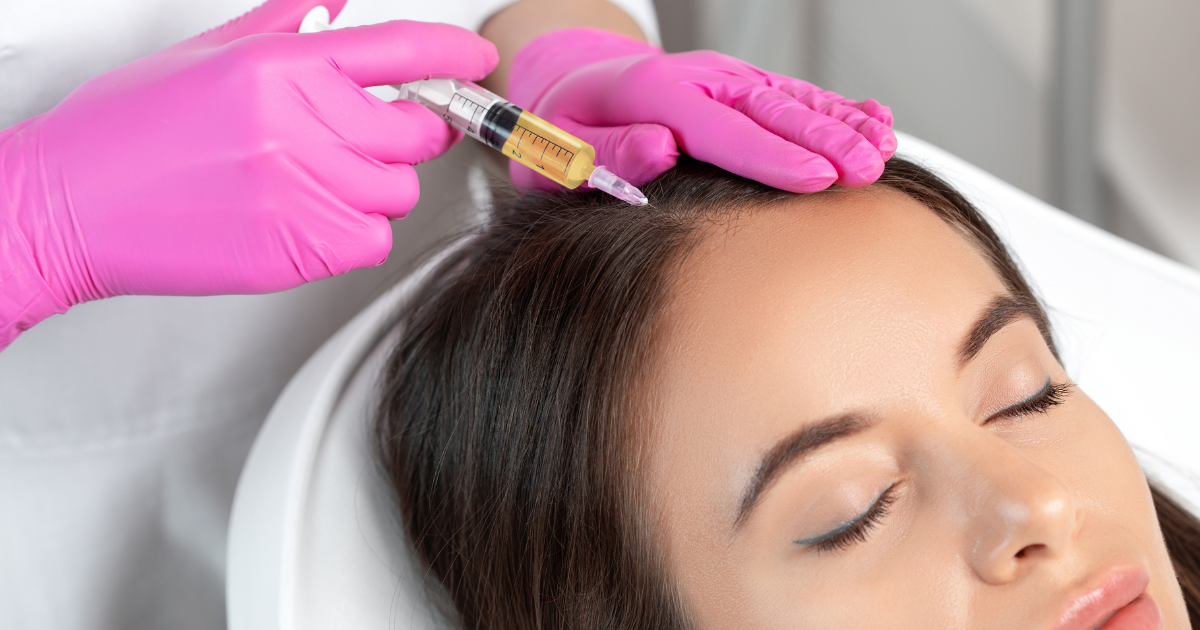
PRF (Platelet-Rich-Plasma Fibrin)
PRF is the new spin for PRP in 2024! While these popular aesthetics treatment are similar in nature, PRF contains a higher concentration of platelets compared to its predecessor, indicating better results.
PRF is commonly used after microneedling treatments or can be directly injected. The treatment is used for combating oily skin, wrinkly or ageing skin, and scar reduction. It can also be used to stimulate hair growth in the scalp and your eyebrows.
This treatment is becoming popular due to lower infection risks and faster healing rates. Clients also observed more lasting results from PRF compared to PRP.
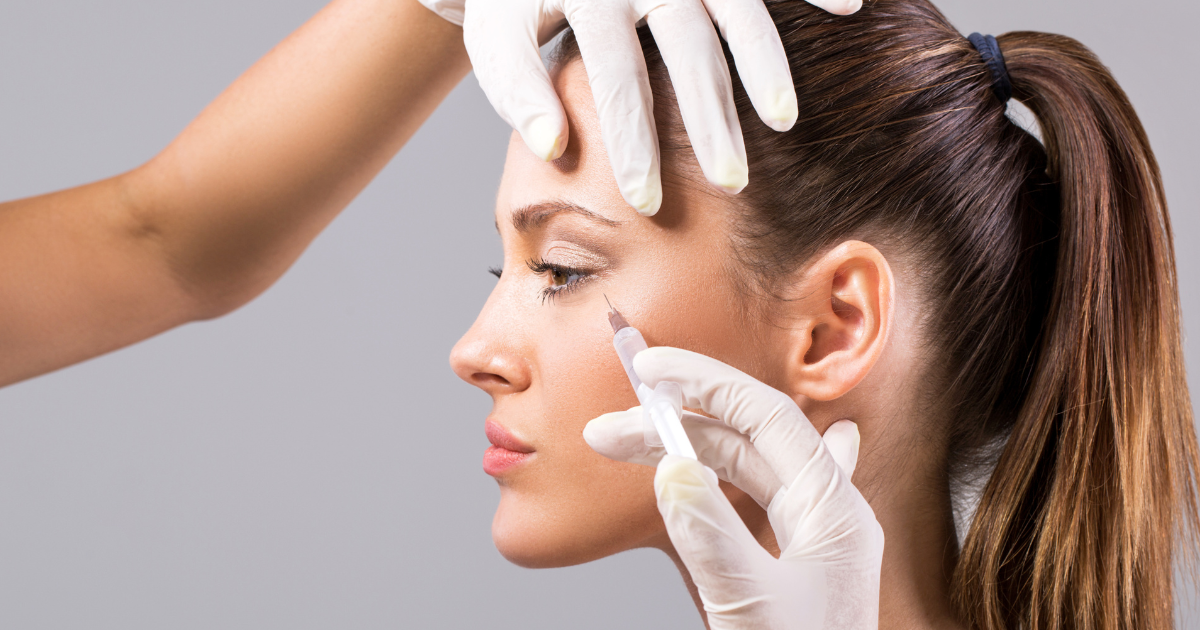
Polynucleotides
Polynucleotides are long and complex chains of nucleotides. They’re the foundations of our DNA and RNA. Translating it to the aesthetics industry, polynucleotide injections are a type of regenerative medicine that promotes collagen and elastin production, enhances skin texture, and overall rejuvenates the skin effectively.
This aesthetics treatment has seen popularity among middle-aged women, as it can be used in the face, under the eyes, and hands. Other parts, like the knees, abdomen, and arms, can also be injected to produce positive results.
What should I expect?
With the rapid evolution of aesthetics treatments, practitioners should now be more competent than ever! Being brutally honest, these new treatments wouldn’t gather instant clients and profits right away. As a rational choice, you need to make do with what you have right now. Sign up on Faces, showcase your treatments, and get more people booked in! It’s a great way to be searchable on Google and get a steady flow of clients every day. Through this, you’d be able to save up for your next aesthetics training. Through upskilling, providing a multitude of treatments, and using innovative apps for your aesthetic needs, like Faces, you can be assured that your business will stand the test of time.
